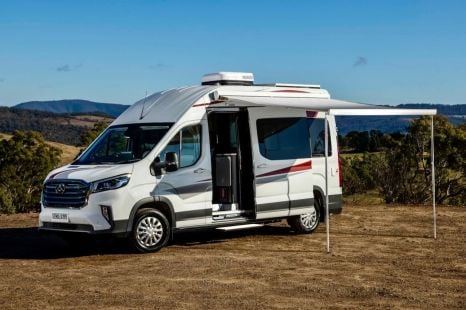

Ben Zachariah
2026 LDV Deliver 9 campervan released with sharp pricing
10 Hours Ago
Why not both? The Volkswagen brand CEO says there's room for both an electric Golf and ID.3 in the line-up, and the former could be called ID. Golf.

News Editor
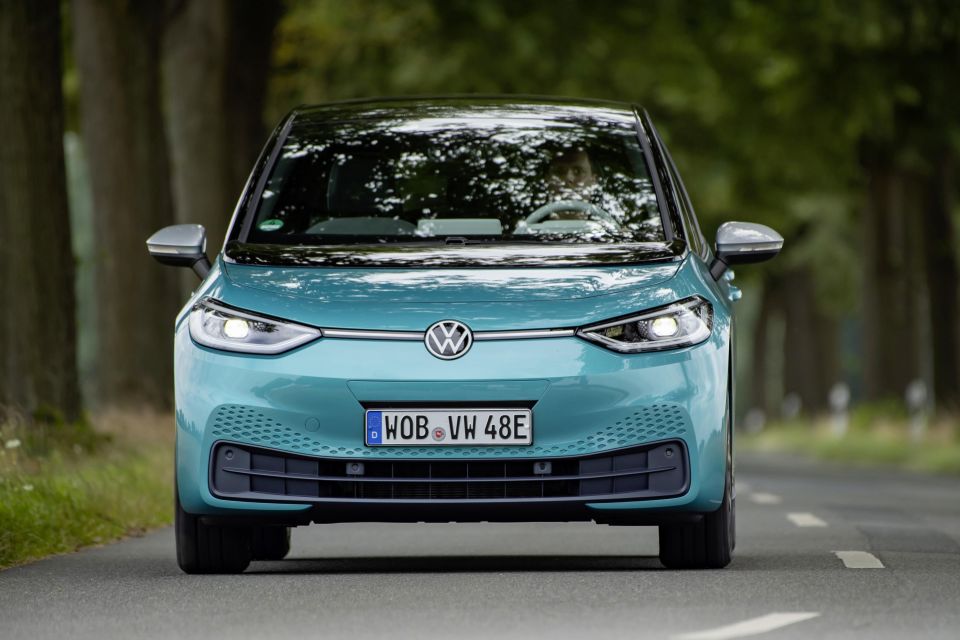

News Editor
The ninth-generation Volkswagen Golf will offer an electric powertrain when it arrives around 2027 or 2028, but this doesn’t spell the end of the similarly sized ID.3 EV.
The brand is committing to offering both legacy nameplates like Golf and its new ID nomenclature, even as it plans to cease European production of combustion-powered vehicles by 2033.
The next Golf could share its new SSP architecture with a next-generation ID.3.
“There is a connection with VW and ID, and there is no need to cancel [ID],” Volkswagen Passenger Cars CEO Thomas Schafer told Autocar.
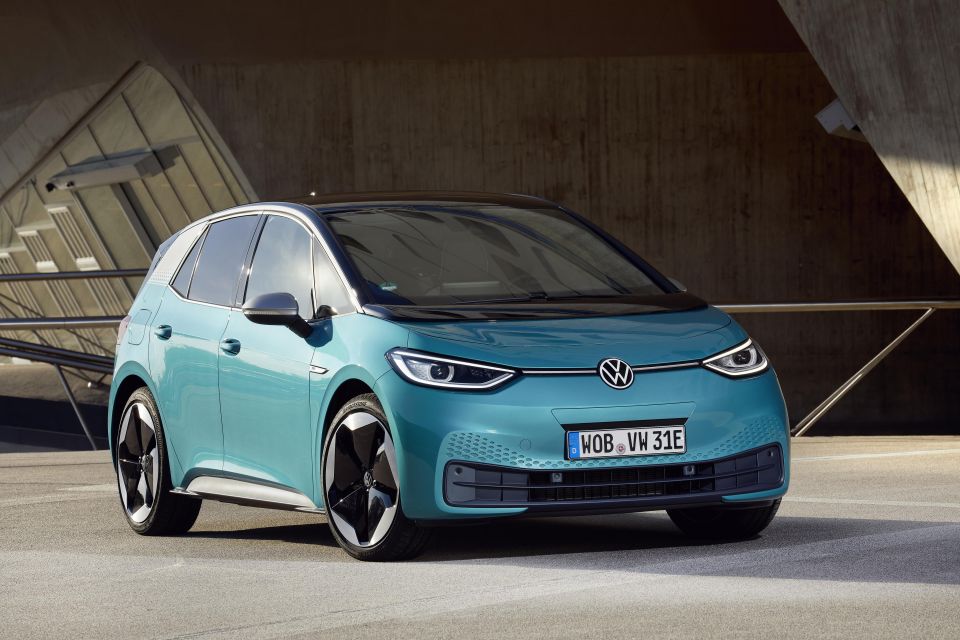
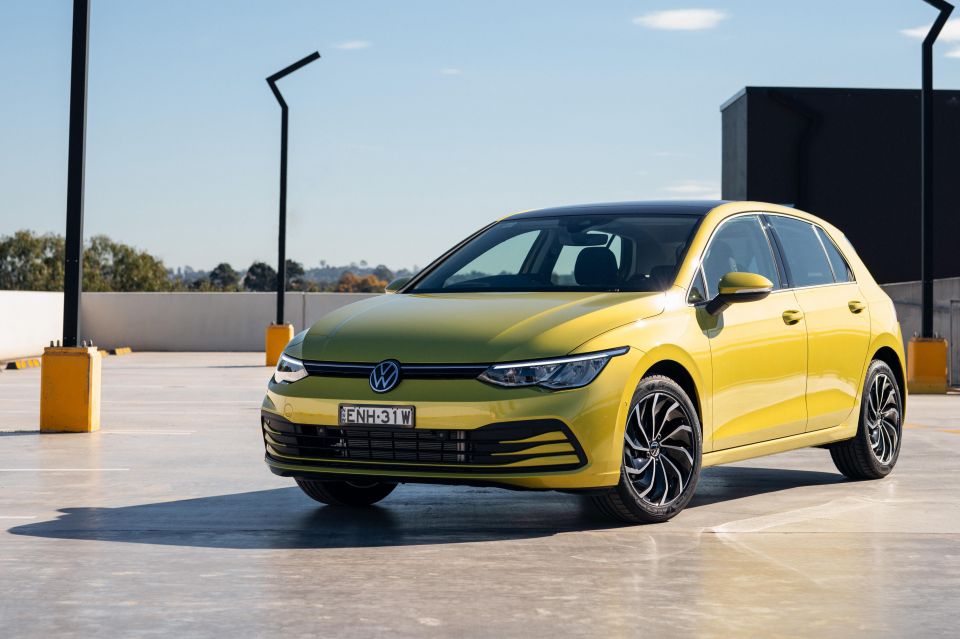
“We have iconic brand names, Golf and GTI. It would be crazy to let them die and slip away. We will stick with the ID logic but iconic models will carry a name.”
He suggested an electric Golf could wear the ID. Golf nameplate, arguing the ID. prefix is well-known by buyers and associated with EVs.
He also said the Golf and ID.3 were considered separate cars in size and positioning, and that there was room for both – even if just 22mm separates the current Golf hatch and ID.3 in length.
“The ID 3 has never been a successor to the Golf, it is more a Golf Plus,” Mr Schafer added.
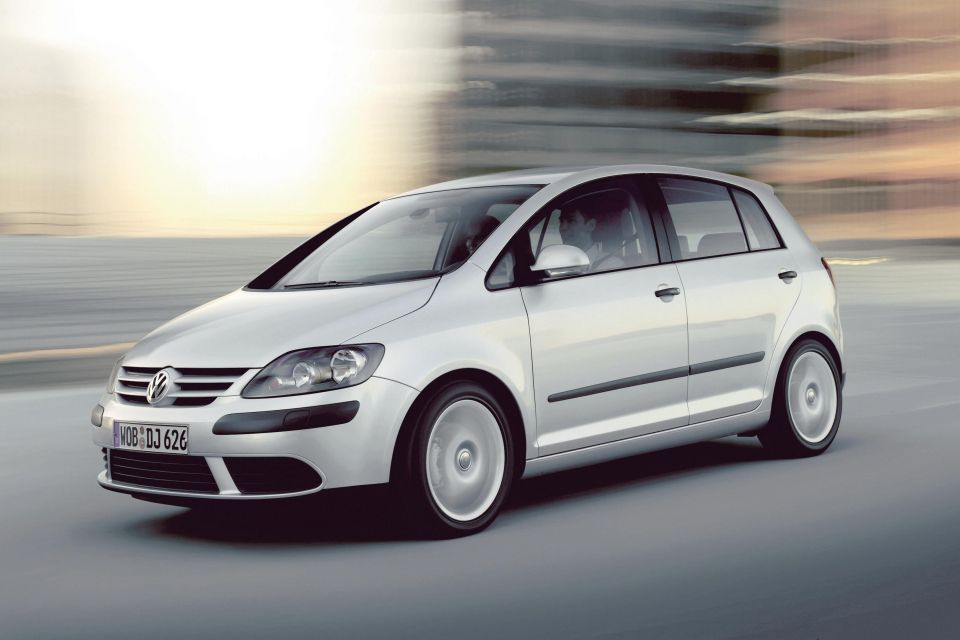
While that may seem like a throwaway remark, Volkswagen has in fact sold a vehicle called the Golf Plus before, a taller Mk5 Golf-based hatchback offered from 2004 to 2014 that slotted in under the Touran compact MPV. It was replaced in 2014 by the Golf Sportsvan, sold until 2020.
It’s unclear how Volkswagen would distinguish an electric Mk9 Golf from its ID.3, though a more practical body for one of them – if perhaps not quite as upright as the defunct Golf Plus – could be one possibility.
Volkswagen has already offered an electric Golf before, during the previous Mk7 generation. Badged the e-Golf, it was sold in markets like North America, China and Europe.
Production ended in late 2020 as Volkswagen completed its transition to the current Mk8.
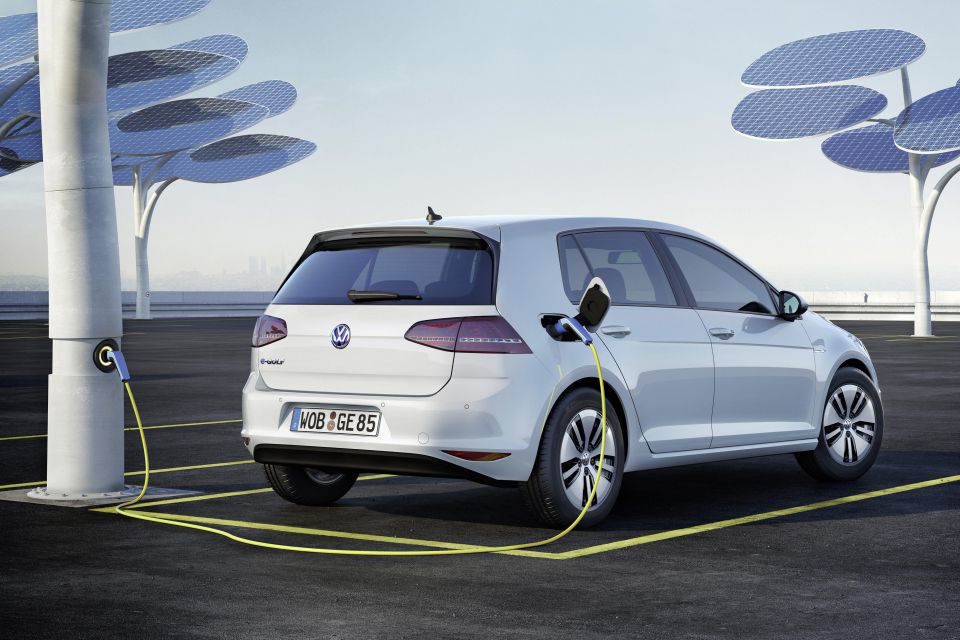
Mr Schafer’s remarks indicates there’s room in the Volkswagen line-up for familiar nameplates and new ID. models.
The brand is in the midst of rolling out a wide range of ID-badged vehicles, which overlap with current combustion-powered models in size.
It aims to have 10 new models by 2026.
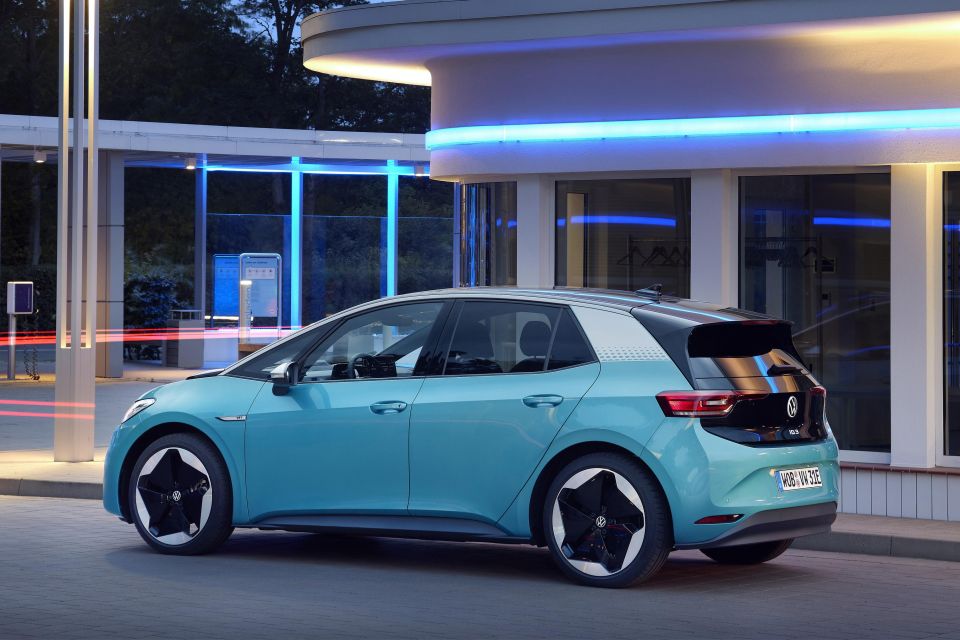
Besides the Golf-sized ID.3, there’s the Tiguan-sized ID.4 and the Multivan-sized ID. Buzz.
An ID.3-based crossover is coming that will likely be close to the T-Roc in size, while two entry-level EVs are expected to align with the Polo and T-Cross in size.
A new sedan referred to as the ID. Aero is also coming, though it’s expected to be larger than the defunct Passat sedan.
Some combustion nameplates may face the axe, with Mr Schafer noting the brand will focus on core models and simplify its product range over the next 10 years. That casts doubt on the future of models like the Arteon.
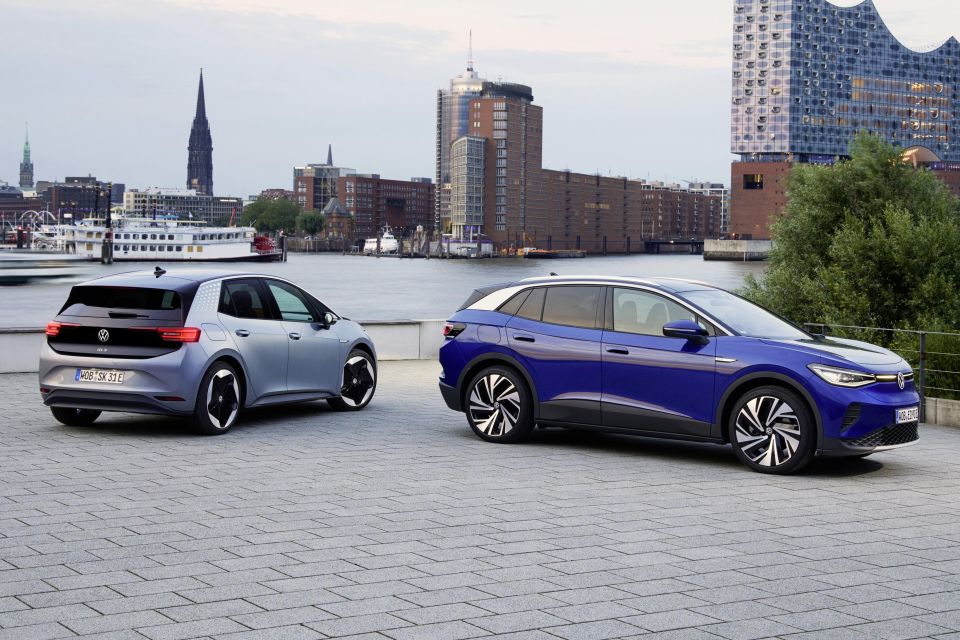
By 2030, Volkswagen expects EVs to account for 70 per cent of the brand’s sales in Europe.
While Volkswagen already has several electric vehicles in Europe, none have made the trip to Australia yet. That will change in late 2023 when the ID.4 and ID.5 electric crossovers touch down locally.
The facelifted ID.3, set for a European launch in 2023, is also set to come to Australia.
MORE: What electric cars does Volkswagen have coming? MORE: Everything Volkswagen ID.3 MORE: Everything Volkswagen Golf
Where expert car reviews meet expert car buying – CarExpert gives you trusted advice, personalised service and real savings on your next new car.
William Stopford is an automotive journalist with a passion for mainstream cars, automotive history and overseas auto markets.


Ben Zachariah
10 Hours Ago
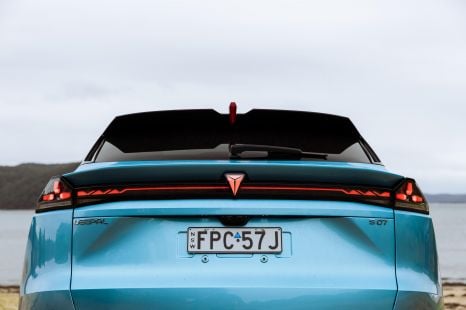

William Stopford
12 Hours Ago
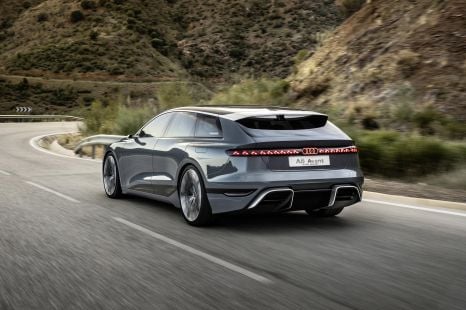

Derek Fung
12 Hours Ago


Alborz Fallah
12 Hours Ago
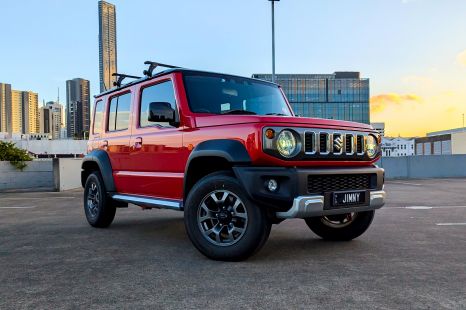

William Stopford
19 Hours Ago
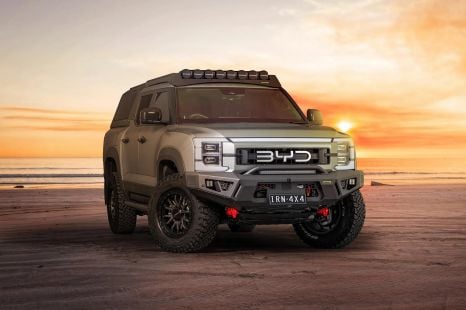

William Stopford
1 Day Ago